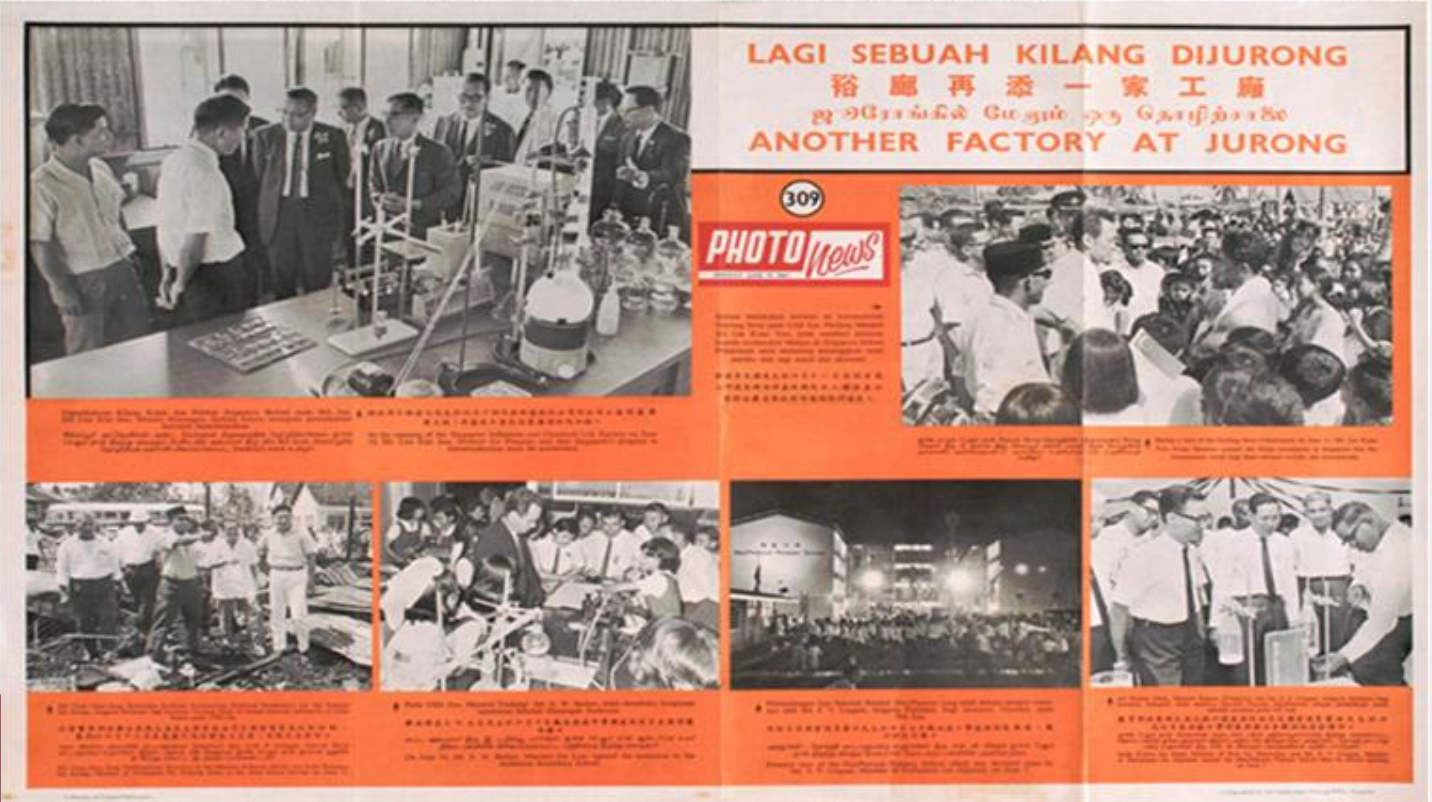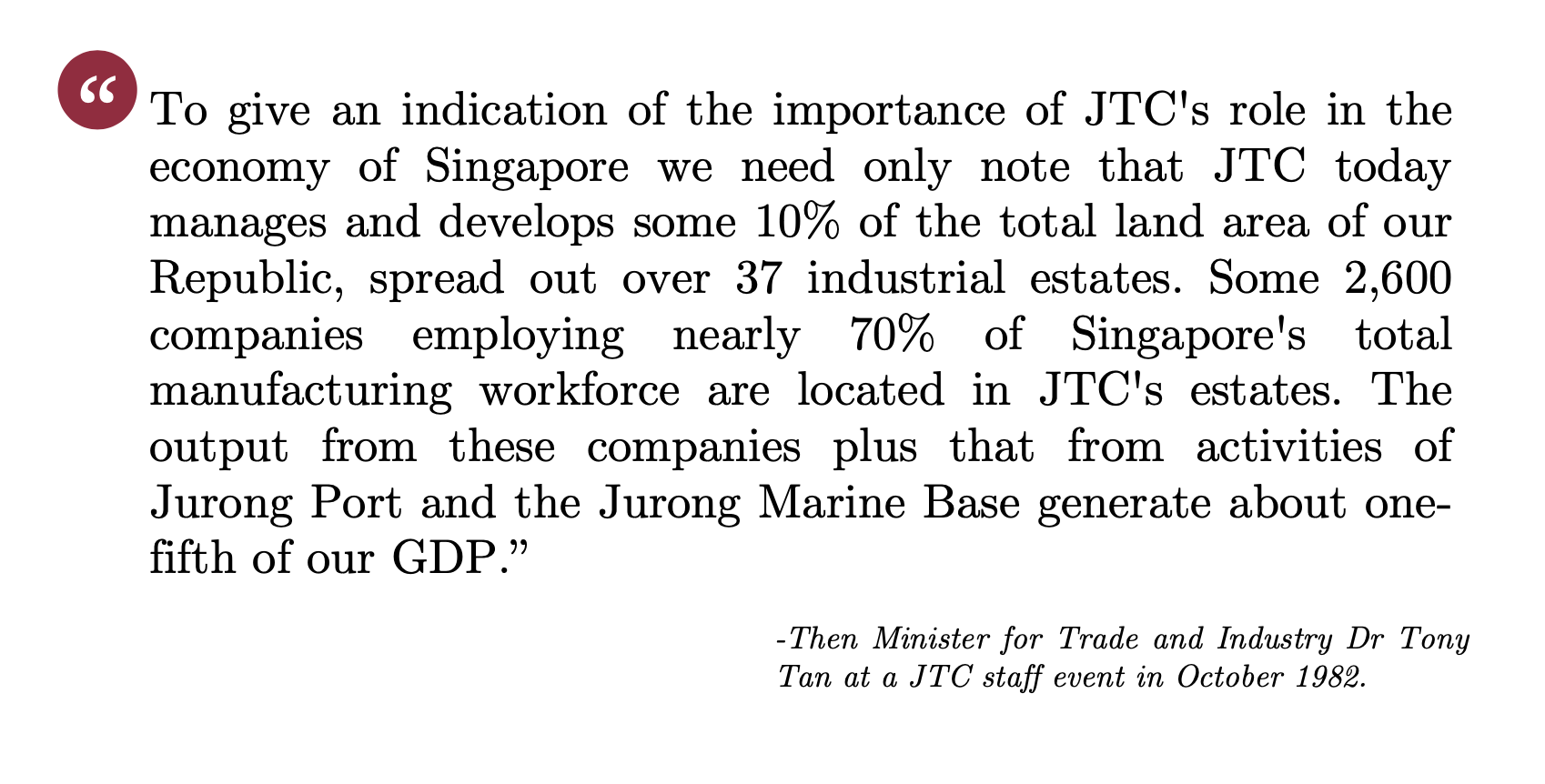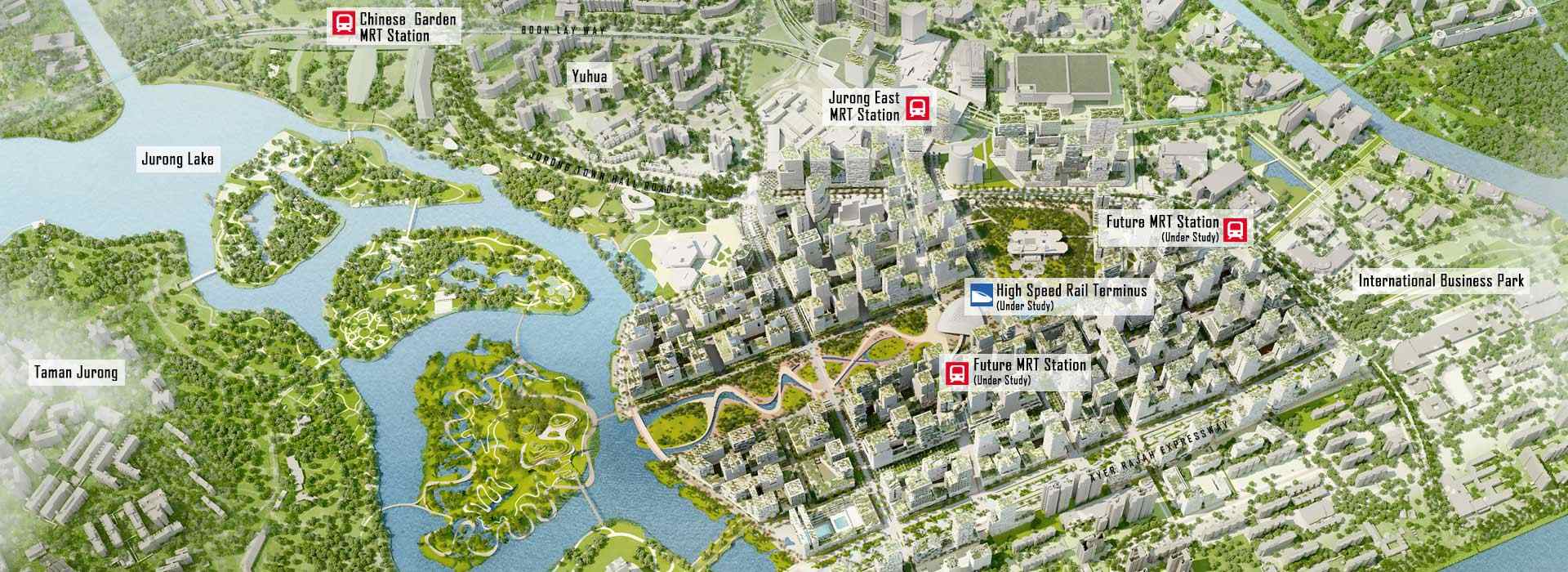Jurong: From Swamp to Suburb
Digging Deeper: Case Studies
Jurong: From Swamp to Suburb
2 minute read
 (Image: JTC Corporation)
(Image: JTC Corporation)
Littered with villages and crocodile-infested rivers, Jurong used to be nothing more than swampland until then-Finance Minister Dr Goh Keng Swee mooted the idea of turning Jurong into the centre of Singapore’s early industrialisation plans.
It was a risky plan given that Singapore had little experience in creating an industrial town of this size. According to the late Sim Kee Boon, a former Permanent Secretary at various ministries, then-Dr Goh himself admitted that the Jurong project was “an act of faith”.
EDB was tasked to transform Jurong into a hub of factories and industrial activities. This mandate was later passed to Jurong Town Corporation (JTC), which was set up as in 1968.
The project set out to develop a 9,000-acre through land reclamation, resettlement, and infrastructure (roads, power lines, and water) construction.
Though Jurong industrial estate was ready to be launched in 1963, foreign investors were still unsure about Singapore and Jurong. However, EDB’s persuasion and tax incentives slowly changed their minds. The first company to set up a factory was the National Iron and Steel Mills in 1964.
In just three years, Jurong grew into a bustling hub of factories and workers, and was the centerpiece of Singapore’s industrialisation efforts. By late-1967, Jurong Industrial Estate had attracted investments worth a total of about S$178 million in fixed assets and generated jobs for around 6,500 workers.
 (Image: National Museum of Singapore via Roots.sg)
(Image: National Museum of Singapore via Roots.sg)
However, Dr Goh saw Jurong as an entire town, and more than just a collction of factories. He said that “life in Jurong cannot be other than spartan”.
Thus, JTC also oversaw the construction of recreational facilities, a town centre, and flats to cater to the growing population in Jurong Town. Over the years, these extended to include the Jurong Bird Park, Chinese Garden, Japanese Garden and Jurong Park, Roads, stadiums and hospitals were also constructed.

The 410ha Jurong Lake District will be Singapore’s largest mixed-use business district outside of the city centre when it is fully developed in the next 30 years. A substantial commercial core has since been built up around Jurong East MRT Interchange, alongside the established International Business Park. The district also houses Jurong Lake Gardens, Singapore’s third national gardens and first in the heartlands. There are other plans in the works to support more mixed-use developments, leisure & recreational amenities and transport connectivity improvements.
More information on Jurong Lake District can be found here.
 (Image: Courtesy of KCAP Architects & Planners, SAA Architects, Arup, S333 and Lekker)
(Image: Courtesy of KCAP Architects & Planners, SAA Architects, Arup, S333 and Lekker)

